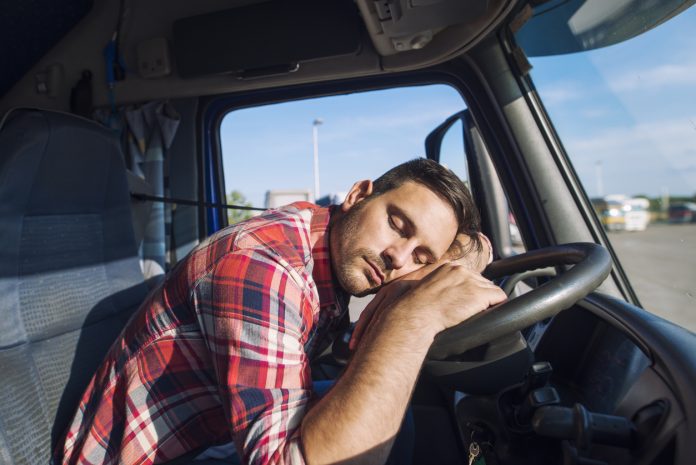Sleep Driving
How Driving Drowsy can be prevented.
In a CDC survey, an estimated 1 in 25 adult drivers 18+ reported having fallen asleep while driving in the previous 30 days. The survey reports that adult drivers who snore or usually sleep 6 or fewer hours per day were more likely to report falling asleep while driving than drivers who do not snore or usually sleep 7 or more hours per day. However, it is really not that simple.
This past June we witnessed, through video footage, the horrific, tragic and explosive tanker truck crash on Hwy 401 near Pickering, Ontario. At this point we do not know definitively what caused the tanker truck to drift left into the guardrail. However, among the possibilities is falling asleep at the wheel.
The Canadian Association of Road Safety Professionals (CARSP) says drowsiness, also referred to as sleepiness or fatigue, plays a large and often underestimated role in traffic crashes, injuries, and deaths.
Drowsiness refers to the state right before you sleep and is
characterized by…
- difficulties staying awake
- decreasing likelihood “to be responsive to external stimuli”
- episodes of microsleep (eye closures shorter than 15 seconds)
- impaired attention If attention is impaired, visual scanning behaviors are likely to show decrements.
Drowsy drivers are subject to…
- slower reaction time for sudden braking and steering
- impaired decision making
- great risk of falling asleep at the wheel, especially on monotonous roads where vehicle crashes are associated with a higher risk of fatalities and serious injury since impacts occur at high speeds.
Drowsy driving affects all truckers…
- who take the wheel.
- who work overnight.
- with untreated sleep disorders
- who use medications cause drowsiness.
- with mental stress
Drowsiness is identified as a primary cause of road crashes for an average of 20% of all crashes in developed countries. In one survey, close to 80% of drivers reported that they had previously driven while sleepy. In other surveys, 66% reported having experienced driving while sleepy. Almost 33% of one sample of drivers surveyed had to fight sleepiness occasionally while driving and about 8% of the drivers reported occasional head nodding while driving.
Prevent drowsy driving before taking the wheel.
- Get enough sleep – The best countermeasure against drowsy driving is a good night’s sleep. (Most adults need at least 7 hours of sleep a day)
- Develop good sleeping habits – stick to a sleep schedule.
- If you have a sleep disorder or have symptoms of a sleep disorder such as snoring or feeling sleepy during the day, with out delay, talk to your doctor about treatment options.
- Before you drive, avoid taking certain medicines that make you sleepy.
- Before you drive, never consume alcohol or cannabis. They impair skills needed for driving and increases drowsiness.
- Sleep deprivation can be due to total or partial sleep loss, extended wake duration, and sleep fragmentation or sleep disturbances. See a doctor.
- Plan your stops. – enough for 30-minute walk around pauses
- Keep the “Timmies” going – caffeine can help
- Drive with a companion – preferably one that can take over behind the wheel.
- Keep moving – your eyes, thoughts, and mind.
Note- New TECH: Automated systems in new truck technology such as intelligent cruise control can increase drowsiness through task underload and monotony. Driving with technological assistance can decrease drivers’ vigilance to the driving task. The future of truck tech must make allowances for bad sleep behavior.
Final message
Over 70% of us have taken to the roads while fatigued. The Canadian Council of Motor Transport Administrators says that 21% of our collisions are caused by driver fatigue. That amounts to around 400 deaths and 2,100 serious injuries every year, which would make drowsiness the 3rd highest cause of collisions, behind alcohol impairment and speed-aggressive driving.
Remember: Drowsiness is an impairment. Driving while sleep impaired is a significant issue and is no longer tolerated. Legislation for handling collisions caused by a fatigued driver is as serious as alcohol-impairment. Do your part in keeping the rubber side down – don’t Sleep Drive!



















